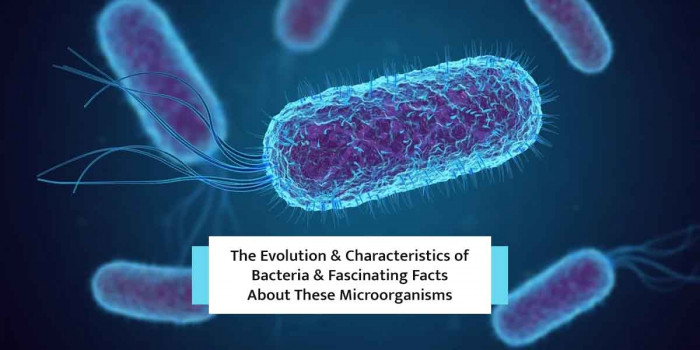Stingless Bee Honey: The Highly Nutritious Honey & a Mother Medicine
Stingless bees are the bees (meliponines) that don’t sting (yes, they usually don’t unless the enemies don’t mess with them) and produce highly nutritious honey loaded with medicinal benefits.
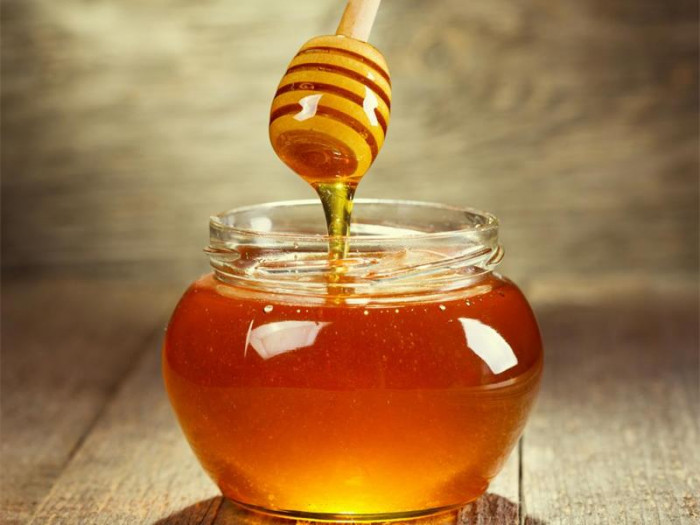
The stingless honey bees, even called stingless bees or simply meliponines sometimes, belong to a large group of bees (about 500 species) of the tribe Meliponini or subtribe Meliponina. These bees are classified in the family Apidae and are closely associated with orchid bees, common honey bees, bumblebees, and carpenter bees.
The meliponines possess stingers but they are of minimal intensity and can’t be used for defensive purposes; however, they do show other defensive behaviors and mechanisms.
Meliponines aren’t the only type of stingless bees, the male and female bees of many other bee families including Andrenidae are also unable to sting.
The Pre-Columbian Maya City of Tulum Has a Bee God ‘Ah-Muzen-Cab’ Depicted All Over a Site
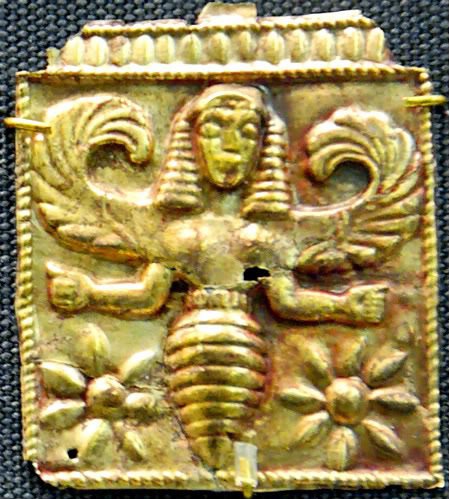
The stingless bees Melipona Beecheii and M. Yucatanica are the only native bees to have been cultured in Central America. Maya civilization cultured the Maya civilization extensively for honey and they are considered sacred. The modern Maya people still cultivate them even though these bees are endangered because of huge deforestation, agricultural practices involving insecticide overuse, and changing beekeeping practices.
The native meliponines (especially M. Beecheii) are preserved by lowland Maya for thousands of years. In the Yucatec Maya language, the name for this bee is xunan kab (meaning "royal, noble lady bee"). As is known from the Madrid Codex, the bees served as the subject of religious ceremonies and were a symbol of the bee-god ‘Ah-Muzen-Cab’.
A site, located on the Caribbean coast 130 km south of Cancun in a pre-Columbian Mayan city of Tulum, has the bee god depicted all over the site. The upside-down small figures are featured across several doorways and entrances. It is speculated that on the left of the central plaza, the "Templo del Dios Descendente" or the Temple of the Descending God, stands just left of the central plaza is situated.
Some Species Can Produce High Amounts of Honey & Are Economically Profitable for Farmers
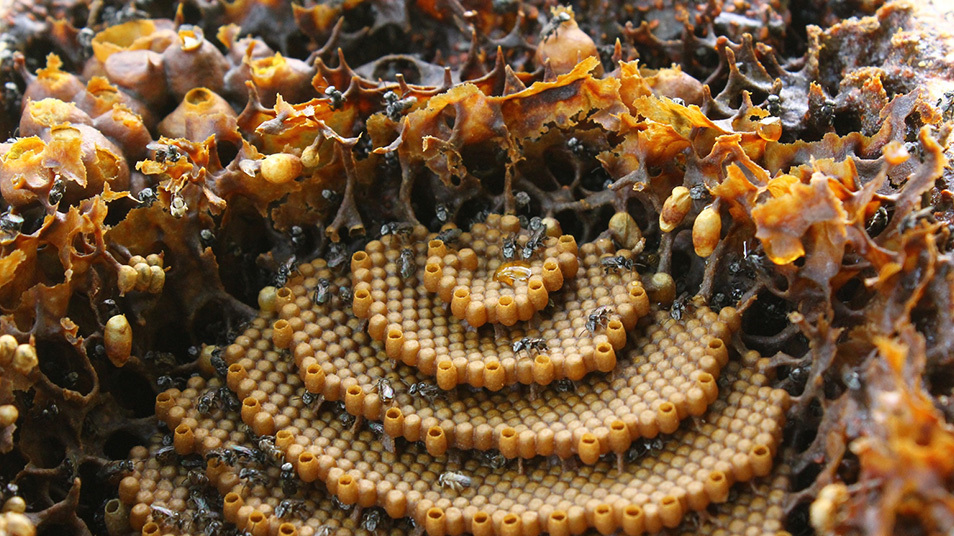
Most of the native eusocial bees of Central and South America are stingless, of which just a few species produce honey on such a scale that could be farmed by humans. They are diversified in Africa, including Madagascar, and are also farmed over there.
‘Meliponiculture’ is referred to as the practice of stingless beekeeping in farms or gardens. Different bee species produce different amounts of honey around the year depending upon the colony size and the nectar availability in the locality. The low honey production reflects the effective cost of stingless bee honey, making it an economically feasible farming practice. You should know how organic honey can be differentiated from fake honey products.
And Some Stingless Bee Species Are Rather Suitable for Rearing at Home as Pets
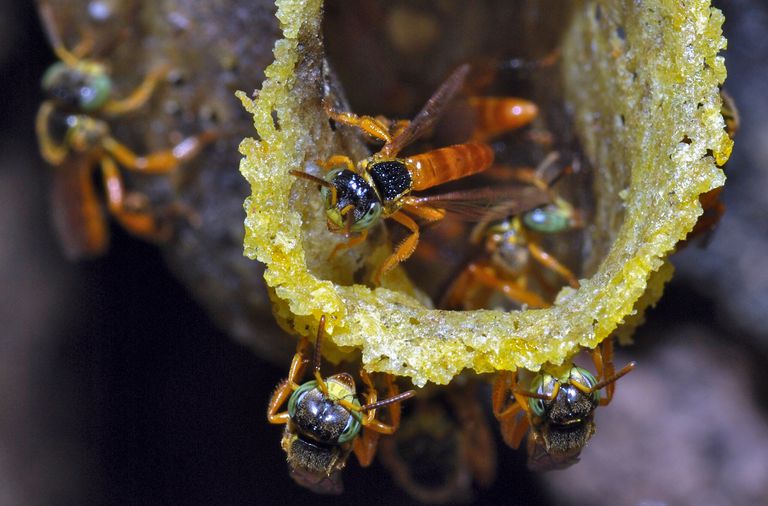
Some stingless bee species are more suitable to be farmed at home as pets. The Mandacaia bees are easily domesticated and do not attack humans even when their hives are opened for extracting honey or colony division.
They create small, manageable colonies of around 400-600 individuals, and a single beehive is able to produce up to 4 liters (1 US gallon) of honey per year. They are quite choosy about the flowers they’ll visit, opting for flora that occurs in their natural environment. So they are hard to keep outside their region of origin, along the east coast of Brazil.
If They Don’t Sting, How Do They Protect Their Colonies from Enemies?
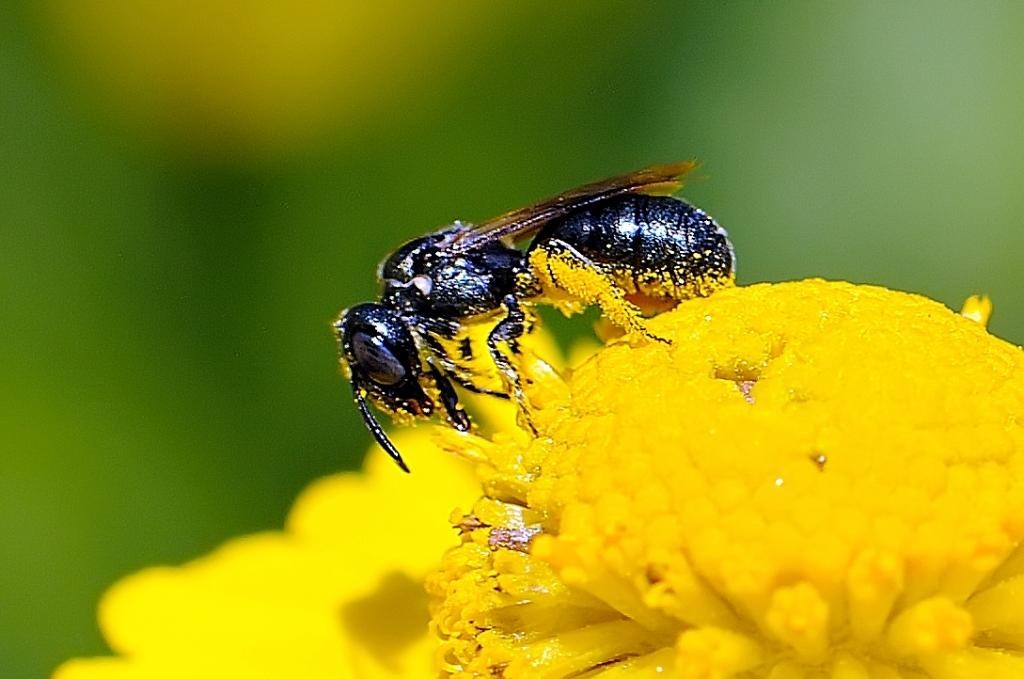
Dwelling in the hollow trees and rocks, the stingless honey bees use resin to build tube-like entrances to their nests. Since their colonies depend solely on flower nectar and pollen for food, they are crucial insect pollinators of several forest plants.
By making use of a plant resin called propolis to trap the ants and other pests, they also bite their enemies just like humans make use of propolis on the human skin and bite on the eyelids. They have the ability to bite and could turn really aggressive while defending their hives from enemies.
Stingless Bee Honey is Almost Twice as Nutritious Than Common Bee Honey
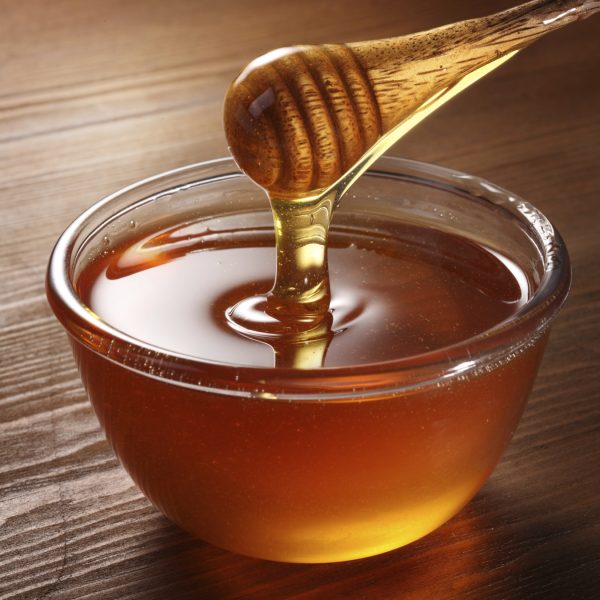
According to the Malaysian Agricultural Research & Development Institute, the stingless bee honey is known to be twice as nutritious as the ordinary honey. The stingless bee honey has several nutrients as meliponini is smaller than the normal bee and can suck nectar from flowers to the deepest position. The collected honey, as a result, comprises of many minerals and vitamins.
Among these nutrients is propolis which is produced from the saliva of bee mixed with its food like bark, pollen, flowers and tree shoots. It is considered beneficial for health as it contains all 16 amino acids, glucose, vitamins A, B, C, D and E, bioflavonoids and minerals. The bioflavonoid helps in repairing and improving the systems of the human body and livestock.
Stingless Bee Honey as a Mother Medicine
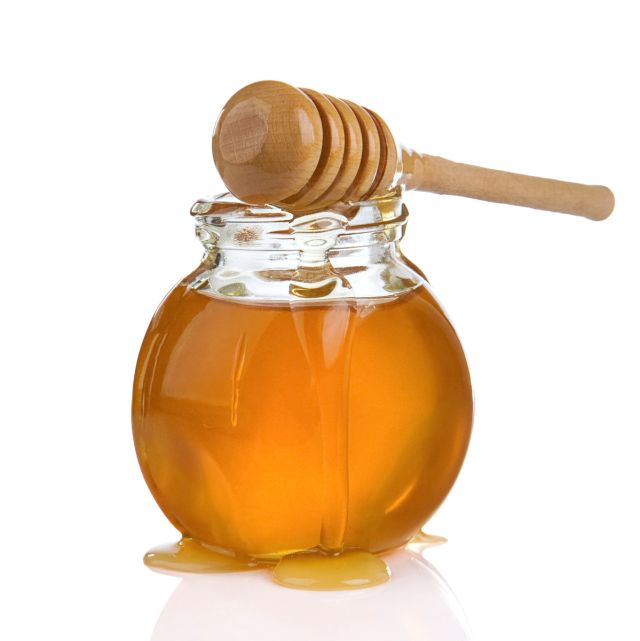
The stingless bee honey also has myriad medicinal uses and is called mother medicine. A lot of studies suggest that it has antibiotic and antibacterial properties and that’s why many native people around the world use it for treating various infections and wound, including that of the eyes.
For people who eat stingless bee honey on a regular basis, the health benefits include anti-aging, sore throat, strengthened libido, improved immune system, fighting bacteria and treating bronchial catarrh, and cough and cold.
Another study discovered that this honey is a bit more effective than a store-bought antibiotic for treating eye infections in guinea pigs. And some other studies suggest that it might even prevent from the risk of cancer.
Popular Posts
10 Biggest Water Dinosaurs & Sea Monsters Ever Found in Archaeology
The present-day ocean is certainly a scary place where giant sharks, whales, squids, barracuda, and numerous other marine creatures live.
Kimberly Campbell
6 Amazing Things We Should Learn From Camel Feet
Camels are a kind of mammals with the humped back, long legs, and lipped snout. They were domesticated nearly 3000 years ago are still used for transportation.
Kimberly Campbell
80 Most Popular Long Neck Dinosaurs Ever Recorded in History
Do you know the largest creatures ever walk on the earth were the long tailed and long neck dinosaurs which were called as Sauropods?
Kevin Green








